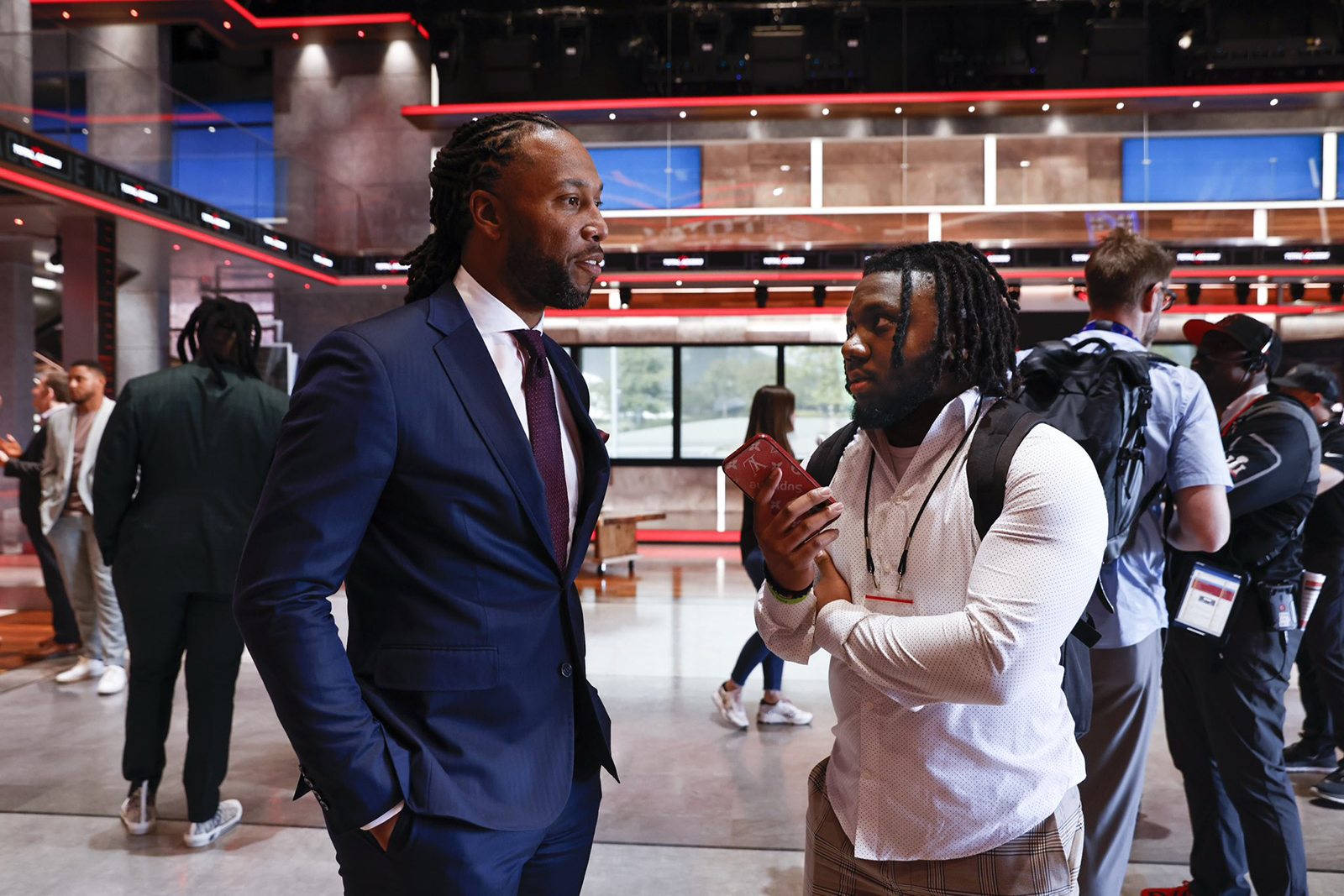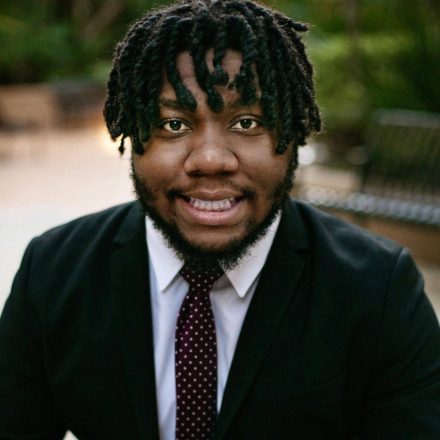The Elon alumnus, who has worked at The New York Times since 2021, recently joined the publication’s Culture desk, where he will focus on pop culture news and the intersection of sports and culture.

While still early in his career, Elon alumnus Emmanuel Morgan ’19 has accomplished a great deal as a professional journalist covering the National Football League, America’s most-beloved sport. The New York Times reporter has chronicled – in person – several of the NFL’s biggest headlines during the past year, including the Super Bowl, Damar Hamlin’s in-game cardiac arrest, and Aaron Rodgers’ recent Achilles injury.
The journalism major’s reporting also garnered national acclaim at last month’s National Association of Black Journalists (NABJ) convention in Birmingham, Alabama, where he received the Salute to Excellence Award in national sports coverage. Titled “For Dreadlocked N.F.L. Players, Hair Is a Point of Pride,” his September 2022 article explores how roughly 18 percent of players on active NFL rosters wear their hair dreadlocked or braided, and how many of those players see the hairstyles as a way to express themselves and nod to Black culture.

Winning such an award is no easy feat, and Morgan takes great pride in the honor. The Elon graduate also finds great satisfaction sharing untold stories and, more importantly, underreported perspectives.
“It’s always an honor to get recognized by your peers, so it is humbling for the story to receive this award,” Morgan said. “I have been fortunate that I have been involved with NABJ as an organization since college, and the connections I’ve made through the association have been incredibly helpful during the early part of my career. I’m thrilled to still be connected to NABJ now and to have them recognizing my work.”
Investigating how NFL players express their identities through their hair was a topic that resonated with Morgan.
“I grew up in Charlotte when Cam Newton was the most famous athlete in the city, and when he made his comeback to the Panthers in 2021, his hair had grown substantially since his first stint with the team,” Morgan said.
The change in Newton’s appearance sparked conversation and Morgan began to wonder if the longer locks required a special helmet, a subject he began to investigate.

“Once I found out that there wasn’t a typical helmet for deadlocked players, we pivoted the focus of the story to how players with dreads take care of them during the season and what the hairstyle means to them,” he said.
Over the course of several months, Morgan continued to gather information and talk with players across the league. “I spent the majority of the next summer going to different NFL training camps and setting up phone interviews to talk to players about it, and it’s one of the most fun stories I have worked on,” he said. “I also have dreads, so I felt like I could relate to the players I interviewed and their answers, and it helped spark a free-flowing conversation with many of them.”
Morgan is making his own headlines this month as The New York Times recently announced his move to the publication’s Culture desk. While his first two years at The Times focused on the NFL and combat sports, he will now concentrate on pop culture news and the intersection of sports and culture.
“I will be focused on news that pops up related to movies, music, pop culture, etc., but I will also pitch my own ideas,” he said.
The former Elon News Networks executive editor sees an ever-increasing connection between sports and culture, which will provide ample material to cover. “There are a lot of possibilities when looking at sports through the lens of how athletes are becoming celebrities, musicians, artists and actors,” he said. “Leagues are becoming media entities. They are defining a lot about the country’s culture. And games have become cultural events.”
But Morgan’s shift away from full-time sports coverage won’t be a seismic change for the young reporter. Prior to joining The Times, Morgan worked at The Los Angeles Times for two years, primarily covering the Los Angeles Rams and the Chargers. He also reported for its Metro and Business desks, and contributed to coverage of the death of Kobe Bryant and racial justice protests after the murder of George Floyd.
“Obviously, any time you do something new there will be some nerves attached to it,” Morgan said. “But I’m looking forward to stretching myself and trying something different while still having a tether to things I’m interested in and a support group around me. I’ve grown a lot during my time at The New York Times and there’s still room for me to do so, and I’m excited to do it with a group of stellar reporters and editors.”


